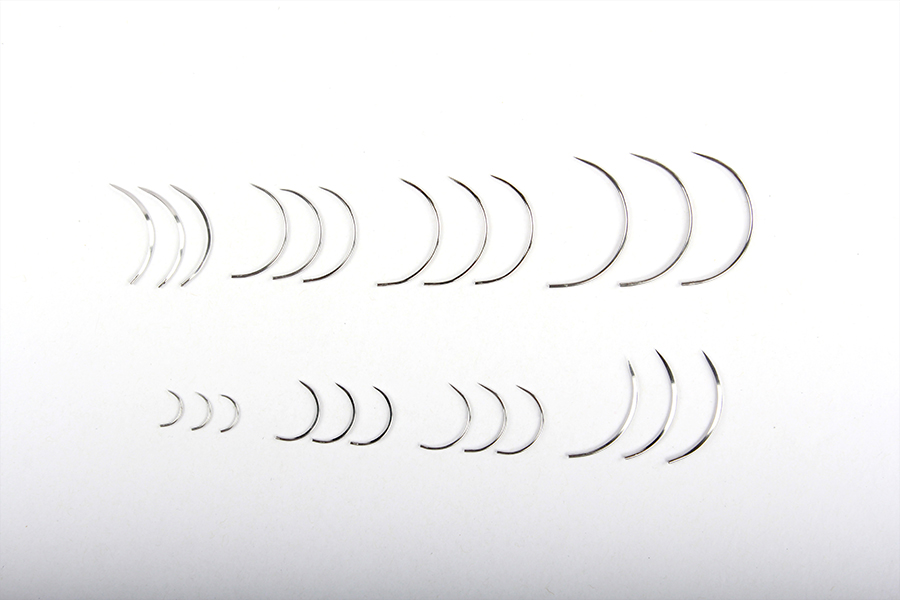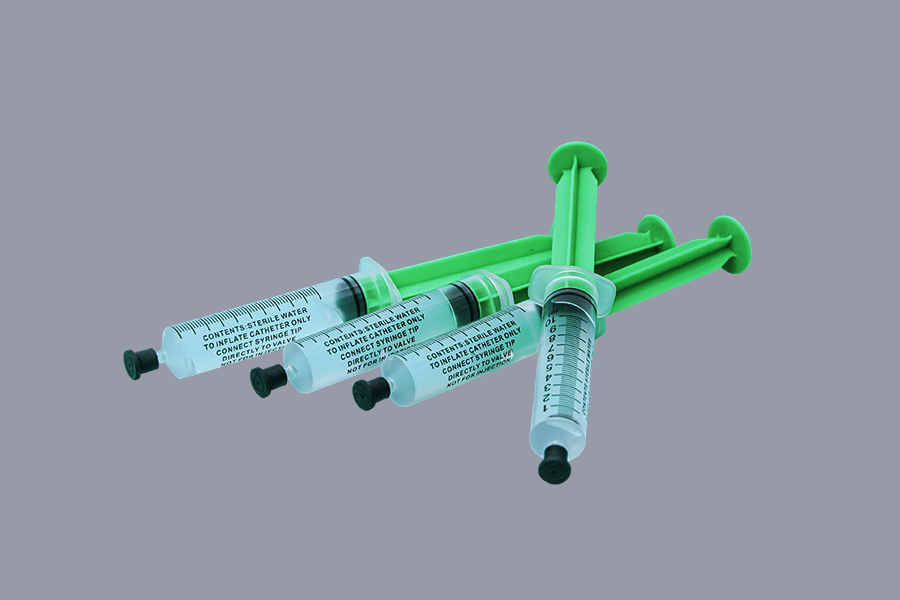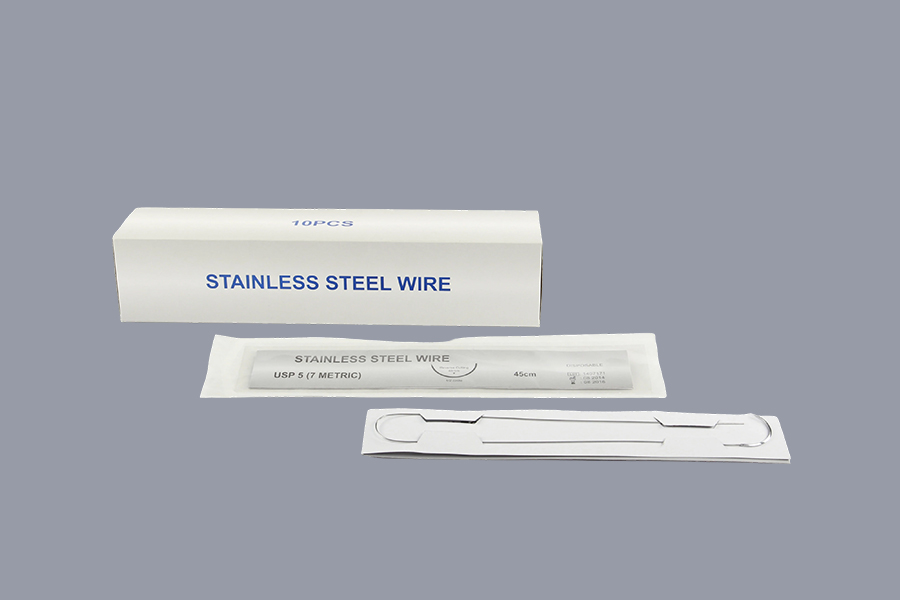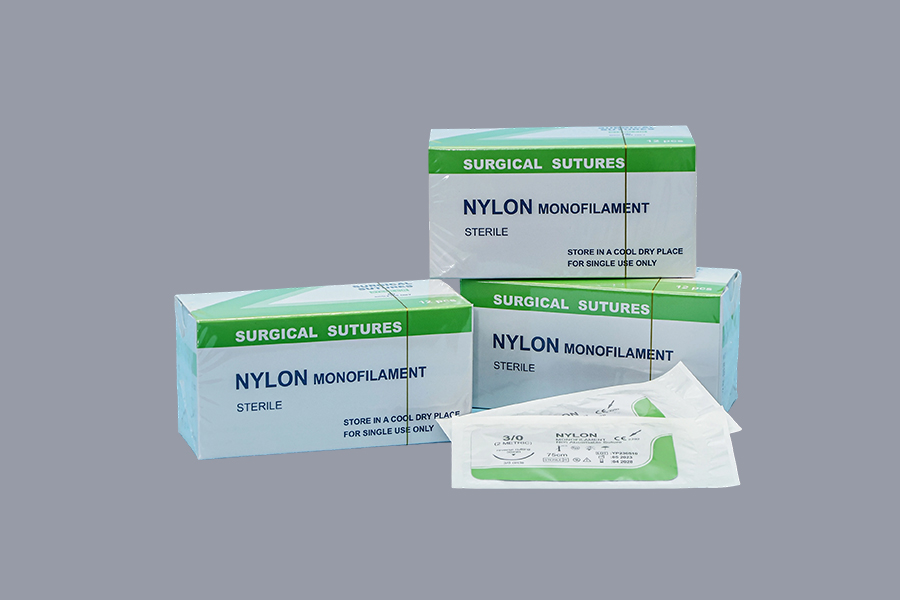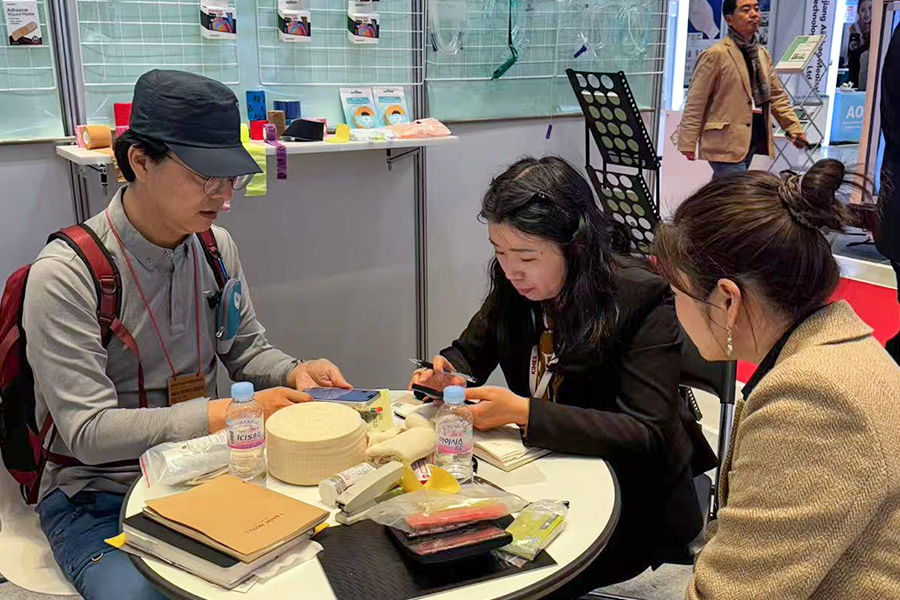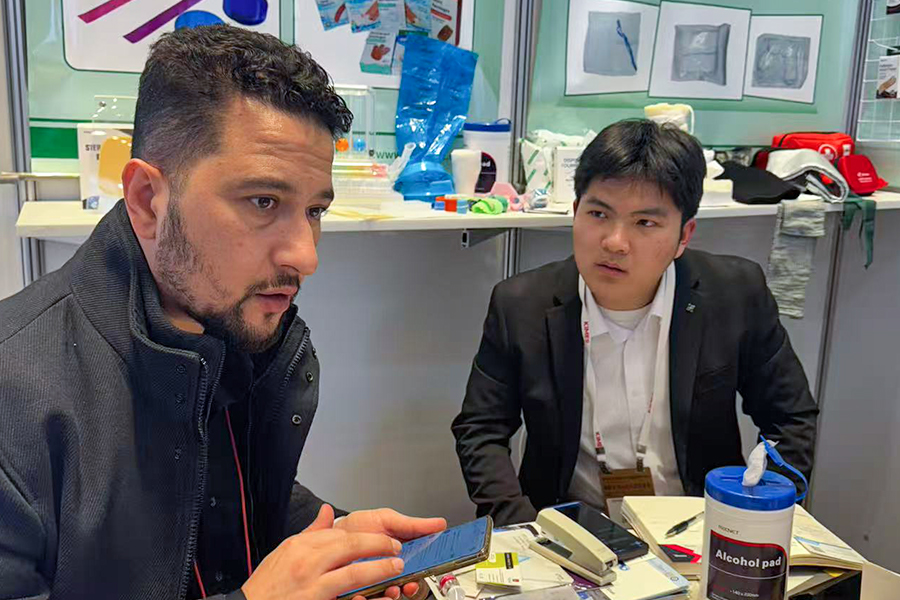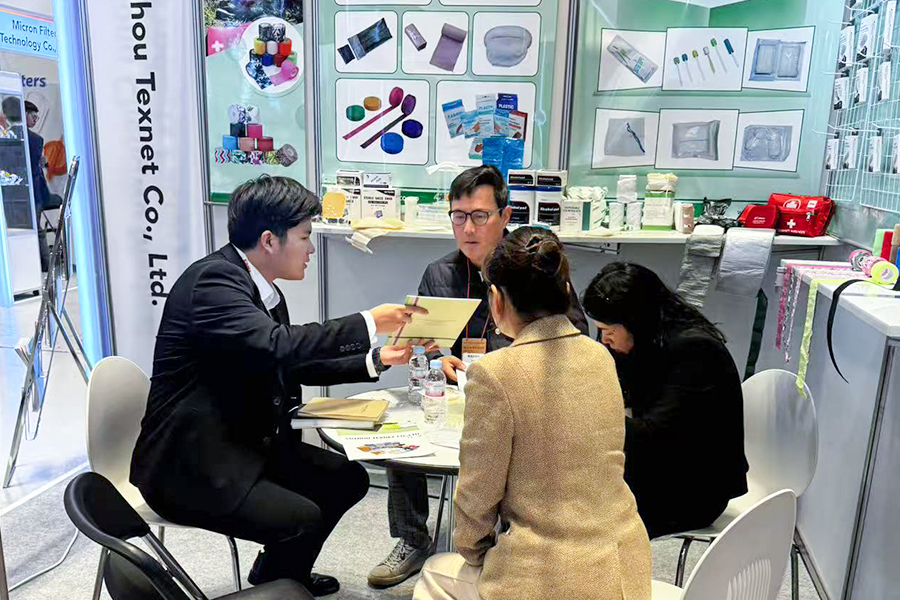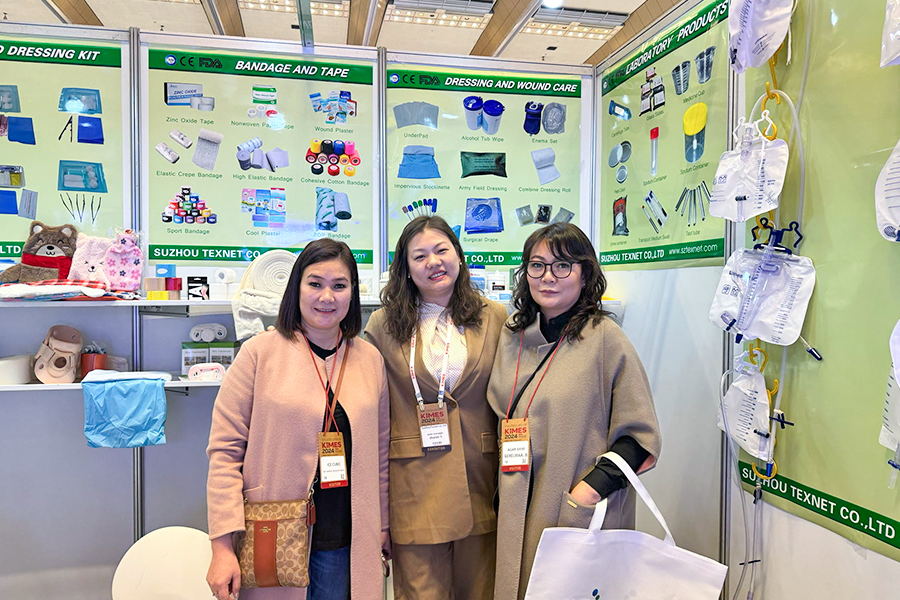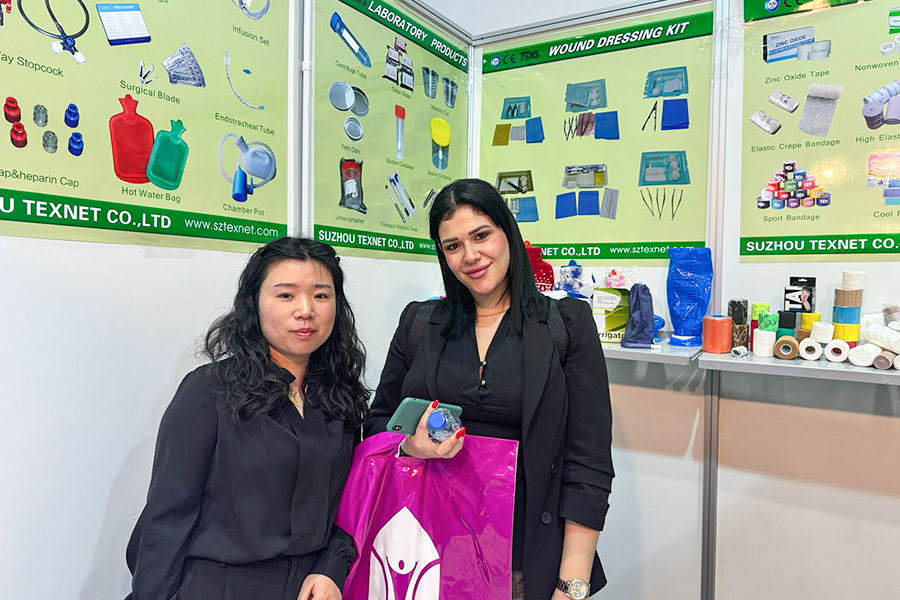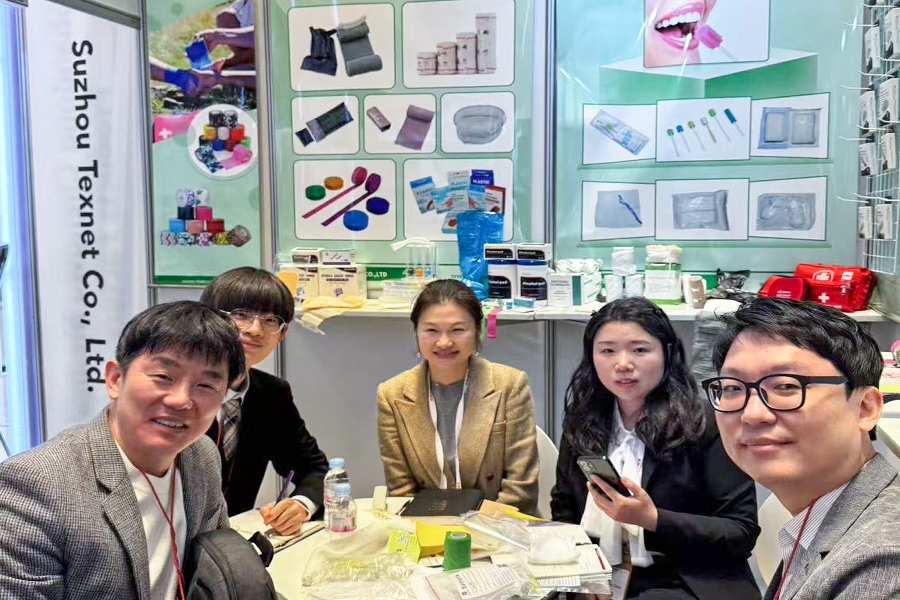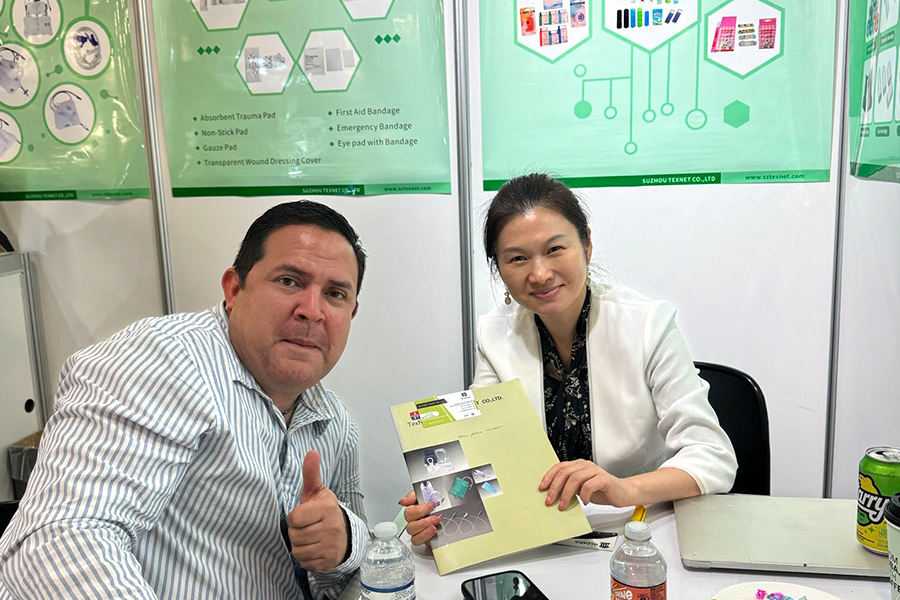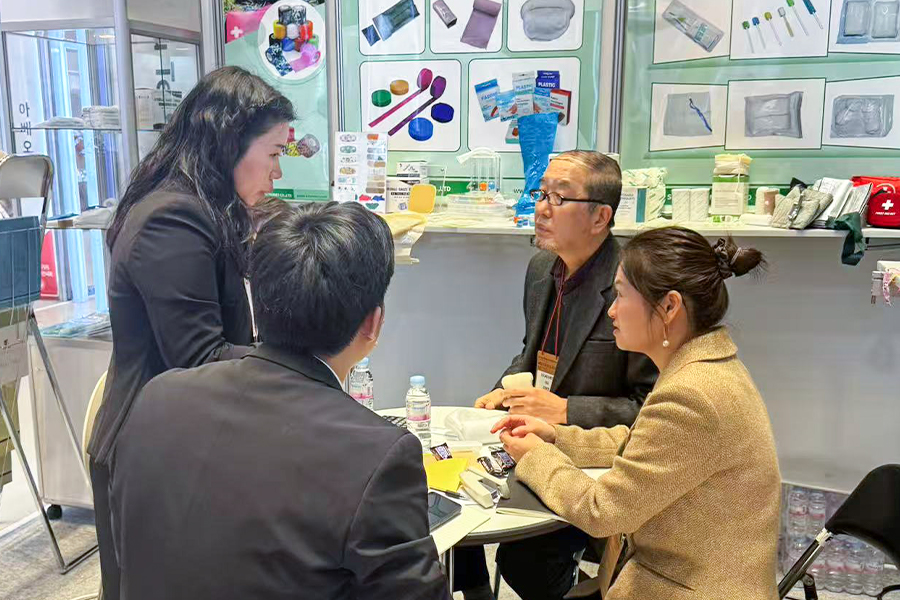
- Bandages
- Medical Tapes
- Cotton Products
- PPE Products
- Urology&Feeding Products
- Gauzes
- Procedure Kits&Dressings
- Catheters
- Surgery&Nursing
- Surgical Instruments
- Surgical Sutures
- Surgical Needles
- Surgical Blades
- Blood lancets
- Electrosurgical Pencils
- ECG
- Nasal cannulas
- Oxygen masks
- Nebulizer masks
- Venturi masks
- Spirometer
- Syringes
- Infusion sets
- IV cannulas
- Sharp boxes
- Three way Stopcocks
- Heparin caps
- Forceps
- Guedel Airways
- Light covers
- Tourniquet covers
- Lurbricant Jelly
- Lab Consumables
- Oral Care&Cleaning Products
- Sports Support
The Ultimate Guide to Medical Tape: Choosing, Using, and Innovating for Safe and Effective Healthcare
Why Is Skin Sensitivity a Major Concern When Choosing Medical Tape?
Skin sensitivity is one of the most critical concerns for both healthcare providers and patients when selecting medical tape. The skin, especially when already compromised by wounds, surgery, or age, can be highly vulnerable to irritation and damage. Individuals with sensitive skin, such as infants, elderly patients, or those with chronic conditions like eczema or diabetes, are particularly at risk for adverse reactions to adhesives.
One common issue with medical tape is allergic contact dermatitis, which can cause redness, itching, blistering, or even long-term skin damage. This is often triggered by certain adhesives or materials used in the tape. As a result, there is growing demand for hypoallergenic tapes that are specifically formulated to minimize allergic responses. These tapes typically avoid harsh chemicals, latex, and other known irritants, making them a safer option for sensitive users.
The method of removal also plays a crucial role in skin health. Tapes that bond too aggressively can cause trauma during removal, stripping away the top layers of skin and leading to pain, open wounds, or delayed healing. This is especially concerning in delicate areas or when the tape must be changed frequently. Manufacturers are now developing tapes with gentle adhesives that maintain secure fixation while allowing for painless, residue-free removal.
Healthcare settings are increasingly recognizing the need to individualize tape choices based on the patient’s skin condition. In hospitals, clinicians are trained to assess skin type and choose the appropriate product to prevent tape-related injuries. Likewise, home caregivers and patients are looking for easy-to-use options that won’t compromise skin integrity over time.
The focus on skin sensitivity has not only improved patient outcomes but also shaped innovation in adhesive technology. With continued research and feedback from users, the medical tape industry is shifting toward solutions that prioritize comfort, safety, and skin health—making it a central consideration in product development and clinical care alike.
How Can Medical Tape Provide Strong Adhesion Without Damaging the Skin?
One of the most critical considerations in the use of medical tape is achieving a balance between strong adhesion and gentle removal. In clinical, sports, or home healthcare settings, medical tape must adhere securely to skin or medical devices to provide effective support and protection. However, the process of removing the tape can sometimes lead to skin trauma, especially for patients with delicate or sensitive skin. This has led to growing demand for tapes that stay in place reliably but also come off cleanly and painlessly.
The adhesive formulation plays a central role in this balance. High-quality medical tapes are engineered with specialized adhesives that offer dependable grip during wear while allowing for atraumatic removal. Innovations such as silicone adhesives and low-trauma acrylates have made it possible for patients to experience less pulling, skin stripping, or residue when the tape is removed. These features are particularly important for patients undergoing repeated tape application, such as post-operative care or long-term wound treatment.
Additionally, the backing material of the tape can influence its removability. Soft, flexible materials like non-woven fabric or paper allow the tape to conform to the skin and adapt to movement, reducing the risk of tension and subsequent skin irritation. Some advanced tapes also include breathable or perforated designs that reduce sweat build-up and make the adhesive bond less aggressive over time, further easing removal.
Proper tape application and removal techniques are also crucial. Medical professionals are trained to apply tape in a way that avoids excessive pressure or stretching, and to remove it slowly in the direction of hair growth, minimizing discomfort. For patients and caregivers, understanding how to safely apply and remove medical tape can help preserve skin integrity, especially in at-risk populations like infants, the elderly, or those with chronic skin conditions.
In summary, achieving strong adhesion without compromising skin health involves a combination of advanced adhesive technology, user education, and thoughtful design. Manufacturers continue to innovate in this space to meet the growing need for tapes that are both dependable and gentle, ensuring better outcomes for both patients and healthcare providers.
How Safe and Biocompatible Is Your Medical Tape?
One of the most important considerations when choosing medical tape is its safety and biocompatibility. While medical tape might seem like a simple product, it comes into direct contact with the skin—often for extended periods—and poor material choices can lead to discomfort, allergic reactions, or even compromised wound healing. Patients and healthcare providers alike are increasingly prioritizing products that are gentle, safe, and rigorously tested.
Latex sensitivity is a well-known issue in clinical environments, and medical tapes made with natural rubber latex can pose serious risks to those with allergies. As a result, latex-free formulations are now widely preferred. These alternatives are designed to reduce the chance of allergic reactions while still maintaining reliable adhesion and durability. For institutions committed to patient safety, the use of latex-free products is not just a preference—it’s often a policy requirement.
Beyond allergy concerns, biocompatibility ensures that the tape materials do not cause irritation, cytotoxicity, or other adverse effects on human tissue. This is especially crucial for vulnerable patient populations, such as infants, the elderly, and individuals with chronic wounds or skin conditions. Reputable manufacturers conduct stringent biocompatibility testing in compliance with international standards such as ISO 10993 and FDA regulations to confirm that their products meet safety benchmarks.
Infection control is another safety dimension tied closely to medical tape. In some settings, particularly hospitals or surgical centers, sterility is vital. Sterile tapes minimize the risk of introducing pathogens to open wounds or surgical sites. Additionally, antimicrobial coatings or moisture-resistant barriers can offer enhanced protection in high-risk applications.
Ultimately, the peace of mind that comes with a safe, biocompatible tape is invaluable. Whether used in a hospital, sports clinic, or home care setting, selecting a product with verified safety credentials is not just about comfort—it’s a crucial factor in promoting healing, preventing complications, and ensuring trust in medical care.
How Is Medical Tape Used in Specialized Applications Like Wound Care, Sports, and Device Stabilization?
Medical tape plays a vital role in various specialized healthcare scenarios, where different needs require tailored tape properties. In wound care, for example, tape is essential for securing dressings and keeping them in place without disrupting the healing process. This means the tape must be gentle on the skin, especially in patients with fragile skin or chronic wounds. Tapes used in this context often need to be breathable and hypoallergenic, allowing the skin to breathe while minimizing the risk of irritation or maceration.
In the field of sports medicine, the demands on medical tape are entirely different. Athletes require tapes that provide firm support to joints and muscles during physical activity. Athletic tape, a more rigid form of medical tape, is commonly used for taping ankles, wrists, or knees to prevent injury or support recovery. These tapes need to be highly durable and resistant to sweat and motion, while still allowing some level of flexibility. Kinesiology tape, a more elastic variety, is used to support muscles without restricting movement, promoting circulation and reducing inflammation.
Another critical application of medical tape is in securing medical devices such as IV lines, catheters, and tubing. In these situations, the tape must offer strong adhesion to ensure that devices stay in place, reducing the risk of dislodgement or contamination. At the same time, it must be gentle enough to allow for frequent adjustments or replacements, especially in long-term care settings. The tape used here often requires a balance of strength, flexibility, and skin compatibility.
Each of these specialized uses—wound care, sports medicine, and device stabilization—illustrates the diverse requirements medical tape must meet. Manufacturers continue to innovate, developing specialized formulations and designs to meet these unique challenges, ensuring patient safety and comfort across a wide range of clinical and practical applications.
How Important Are Waterproof and Breathable Features in Medical Tape?
When choosing medical tape for clinical or personal use, one of the most crucial considerations is how well it performs under various environmental conditions. Tapes used in medical settings must often withstand exposure to moisture, whether from perspiration, bathing, or cleaning routines. This is where waterproof medical tape becomes essential. It provides a protective barrier that helps maintain dressing integrity and prevents contamination from water or bodily fluids, making it especially useful for post-surgical wounds, IV lines, or any area at high risk of infection.
However, waterproofing alone isn’t enough. If a tape is entirely occlusive, it can trap heat and moisture against the skin, leading to irritation, maceration, or even breakdown of the underlying tissue. To avoid these issues, many modern medical tapes are designed to be both waterproof and breathable. This means they repel external moisture while allowing air and water vapor to pass through from the inside. The breathability enhances comfort and helps maintain skin health during extended wear, which is especially important for patients with chronic conditions or fragile skin.
Breathable waterproof medical tapes are particularly valuable in warm or humid climates, during physical activity, or when dressing areas prone to sweating. They help ensure that the adhesive stays secure without compromising skin integrity. In pediatric or geriatric care, where skin can be especially delicate, this balance between protection and breathability becomes even more critical.
As materials technology advances, manufacturers are increasingly incorporating microporous films and advanced polymer blends to achieve these dual properties. This allows for longer wear times without compromising on comfort or safety, which is a significant factor for healthcare professionals seeking reliable, low-maintenance solutions for wound care and device stabilization.
Ultimately, the importance of waterproof and breathable features in medical tape cannot be overstated. They not only enhance the effectiveness of the product but also contribute significantly to patient satisfaction and clinical outcomes.
How Long Does Medical Tape Really Last—and Why Does It Matter?
Durability and wear time are critical factors when choosing medical tape, especially in clinical, home care, or athletic settings where consistent performance is essential. A tape’s ability to stay in place can directly affect wound healing, device security, and patient comfort. This makes the longevity of adhesion a major concern for both healthcare providers and patients.
Medical tapes vary widely in how long they can remain effective. Some are designed for short-term use—just a few hours—while others are engineered to last several days, even under stress. The difference typically lies in the adhesive composition and the backing material. For example, high-performance tapes used in sports or for securing tubing in ICU settings often incorporate strong acrylic adhesives and flexible fabrics to withstand movement, sweat, and body heat.
Environmental conditions also play a significant role. Humidity, moisture, and temperature changes can compromise the tape’s adhesion. A tape that performs well in a cool, dry hospital room might fail quickly in outdoor or high-exertion scenarios. That’s why manufacturers develop specialized variants—such as waterproof or heat-resistant tapes—for challenging conditions.
Another concern is how well the tape tolerates skin oils and movement over time. Areas like joints or the face demand tapes with enhanced conformability and stretch. If a tape loses its grip prematurely, it can lead to wound exposure, increased infection risk, or the need for repeated reapplication—resulting in added discomfort and cost.
Understanding how long medical tape is expected to last, and under what circumstances, helps users select the most appropriate option. Whether it's for a long post-operative dressing or an hour-long athletic event, matching the tape’s wear time to the application improves safety and outcomes.
How Is Innovation and Customization Shaping the Future of Medical Tape?
In recent years, the medical tape industry has seen a notable shift toward greater customization and innovation, driven by the evolving needs of both healthcare professionals and patients. Traditional white adhesive strips are no longer the only option; manufacturers are responding to demands for products that offer more than just basic functionality. Today, medical tape is being tailored to address specific clinical applications, environmental conditions, and individual skin types.
One major trend is the development of transparent medical tapes. These allow clinicians to monitor wounds or device placements without removing the tape, improving patient care while minimizing disruption. Transparent options are especially useful in settings like catheter securement, where visibility is key to detecting early signs of infection or misalignment.
Color-coded and patterned tapes are also gaining popularity, especially in pediatric care and sports medicine. These designs not only improve visual organization in clinical environments but also help reduce patient anxiety—especially among children—by offering a friendlier, more approachable look. In professional athletic settings, different colors can help trainers quickly identify taping strategies or injury types during high-pressure moments.
Environmental responsibility is another area where innovation is flourishing. With growing attention to sustainability, manufacturers are exploring biodegradable or recyclable tape materials. These new options allow hospitals and clinics to reduce their environmental footprint without compromising on performance or safety. Eco-conscious consumers and healthcare providers are increasingly seeking out products that align with their values, prompting the industry to respond with greener alternatives.
Advances in materials science have also led to the creation of highly stretchable and conformable tapes. These newer tapes move with the skin, making them ideal for use over joints or on parts of the body that are in constant motion. Improved elasticity not only enhances comfort for the patient but also ensures better adhesion throughout wear, reducing the need for frequent replacements.
Customization and innovation in medical tape are redefining what caregivers can expect from a simple yet critical product. As demand grows for smarter, safer, and more patient-friendly solutions, manufacturers are rising to the challenge with designs that go beyond the basics—delivering a new standard in healthcare adhesion technology.
How Can You Apply Medical Tape Effectively to Ensure Optimal Results?
Proper application of medical tape is essential to ensure that it performs as intended—whether securing dressings, supporting injured areas, or stabilizing medical devices. A poorly applied tape can lead to discomfort, reduced adhesion, skin irritation, or even compromise the effectiveness of the underlying treatment. Learning the correct techniques and understanding the characteristics of the tape and skin can make a significant difference in clinical and home care settings.
Before applying medical tape, it’s important to prepare the skin properly. The area should be clean, dry, and free of lotions or oils, as these can interfere with the adhesive. In cases where excessive hair might reduce adhesion or cause pain upon removal, trimming (not shaving) the area is recommended. Skin preparation solutions or barrier films can also be used to protect sensitive skin and enhance adhesion.
Application technique matters greatly. To avoid wrinkling or loosening, the tape should be applied smoothly and with even tension. Stretching the tape too much during application—especially elastic types—can cause skin irritation or blistering. For joints or curved areas, cutting the tape into smaller sections or using strips in overlapping patterns can help it conform more naturally to the body, improving both comfort and durability.
Edge lifting is a common issue that can be addressed by rounding the tape corners before application. Sharp corners are more likely to catch on clothing or bedding, which leads to premature detachment. When additional security is needed, medical adhesive sprays or supplemental strips can be used to reinforce the tape.
Finally, removal of medical tape should be done carefully to avoid skin damage. Gently lifting one edge and slowly peeling the tape back over itself, rather than straight up, reduces the risk of pulling on the skin. For fragile skin, the use of adhesive removers can ease the process and prevent discomfort.
Mastering these best practices not only improves the performance of medical tape but also enhances patient comfort and outcomes. Whether used by healthcare professionals or caregivers at home, thoughtful application is a small step that makes a significant difference.
-
Spill Kits for Hospitals — ...
Spill management in healthcare requires purpose-built kits that remove hazards quickly, protect staff and patients, and ensure regulatory compliance. This article explains what spill kits are designed for, how spill kits in hospitals differ from industrial sets, and the specific functions of spill c...
-
Eco-Conscious Hand Shields:...
What Are Eco-Conscious Hand Shields? Eco-conscious hand shields are protective gear designed with both safety and environmental impact in mind. Made from sustainable materials, these hand shields offer the same level of protection as traditional ones but with a reduced carbon footprint. The goal is...
Copyright © SUZHOU TEXNET CO., LTD.

The information provided on this website is intended for use only in countries and jurisdictions outside of the People's Republic of China.

 English
English Français
Français Español
Español Português
Português عربى
عربى